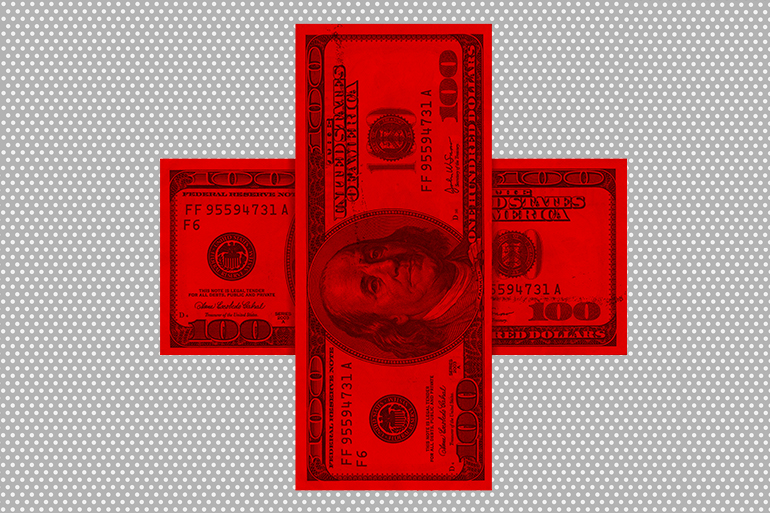If the federal government does not clarify by mid-August whether it will continue an important health insurance subsidy for consumers next year, California’s state-run exchange will instruct its insurers to sell plans with significantly higher premiums to cover the loss of the money.
“Bottom line, we have come to the conclusion that if there’s no federal commitment to fund [the subsidies] by mid-August, we will presume they will not be funded and use higher rates for 2018,” Amy Palmer, director of communications for Covered California, said in an email.
At issue are the so-called cost-sharing subsidies that reduce what some consumers pay out of their own pockets for medical expenses such as physician visits, prescription drugs and hospital stays. These reduced rates are only available to Covered California enrollees who choose silver-level plans, the second-least expensive among the exchange’s four tiers. The subsidies are to help people whose annual income is between 139 percent and 250 percent of the federal poverty level, or about $34,200 to $61,500 for a family of four.
As of last summer, about half of the exchange’s enrollees — currently about 1.4 million people — benefited from cost-sharing reductions, Palmer said.
The subsidies are under challenge in a pending lawsuit by House Republicans, and President Donald Trump has threatened to stop making the payments, which go directly to health insurers to cover the cost of lowering consumers’ out-of-pocket expenses. The subsidies are separate from the federal health law’s tax credits, which reduce monthly premiums for qualified consumers.
A recent analysis commissioned by Covered California estimated that premiums for silver plans would jump by 16.6 percent if federal funding for cost-sharing subsidies were lost. That is over and above any annual rate increases on the table.
Last week, Covered California instructed participating insurers to submit alternative premium hike proposals for 2018 in the event they lose the federal payments. The agency told them to apply the hikes only to silver-tier plans, since the cost-sharing subsidies are available only to people who buy those plans.
The insurers’ proposed rates are due to Covered California by June 30, and the agency will publicly announce the final rates in mid-July, after negotiations with the health plans.
After that, the exchange can’t wait too long before determining which rates consumers will face in 2018, Palmer said. State regulators will still have to review the rates, and Covered California as well as the health plans will need to time to prepare for open enrollment in the fall.
As a result, the exchange determined this week that it will move forward with the higher rates in August if the uncertainty remains about the federal payments.
“As we hear about health plans exiting some markets, and as we work hard to create necessary market stability, waiting for clear federal guidance on [the subsidy] funding is no longer an option,” Covered California Executive Director Peter Lee wrote in an email to colleagues and health policy leaders on Wednesday.
Lee noted that if Covered California adopts the higher premiums to cover the cost of the subsidies, many consumers would nonetheless be protected from them. That’s because as premiums rise to make up for the loss of the cost-sharing subsidies, federal tax credits would grow to offset those higher premiums.
“These increased costs will be borne by the federal government … and will be significantly more than the federal government would pay if it continued making direct payments” for the subsidies, Lee wrote in a separate letter to Seema Verma, head of the Centers for Medicare & Medicaid Services.


